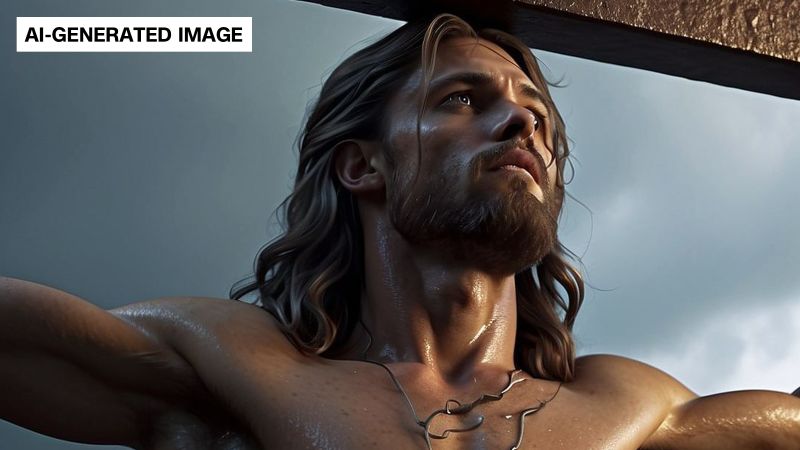cross-posted from: https://hexbear.net/post/2934489
CNN — AI images have become an unavoidable roadside attraction on Facebook and other social media, where dramatic and outlandish depictions of emotional scenes lure users into doling out likes, shares and “Amens.”
Among the funhouse images of fake children crying in the street and police officers saving inexplicably huge Bibles from the rain, countless depictions of Jesus Christ seem to take up an outsized amount of AI real estate.
It makes sense. The central figure of Christianity invokes potent reactions from billions of followers around the globe. For the last 2,000 years, faithful hands have labored to create likenesses of their professed savior, projecting onto him various theologies and mythologies combined with aesthetics of the time: Jesus suffering on the cross, Jesus as the Good Shepherd, Jesus the creator of miracles, Jesus the word made flesh, Jesus as cosmic judge.
Now, in the age of AI, Jesus can assume an infinite variety of roles with just a few keystrokes. Jesus as a durian fruit, for instance. Or Jesus battling shirtless with Satan. Sometimes, Jesus is cuddling a person in need in a hospital bed, his chiseled features and strong hands providing divine comfort.
None of these things are in the Bible, but they are alive in the minds of particularly imaginative Christians, or just those who want some easy engagement on Facebook.
What’s unsettling is how many AI-created images of Jesus are unnecessarily handsome and rugged, like one of those Instagram influencers who wears a lot of pendants and is always wandering barefoot through an island jungle.
There’s nothing wrong with that, per se. The Bible doesn’t get specific about Jesus’ looks, and certainly artists over the millennia have taken creative license when it comes to his physique (and, to a different point, his skin tone).
However, generative AI, like the kind that can create images from text prompts, doesn’t work like an artist’s brain. All of these handsome AI Jesus images are created from patterns a machine picks up from the information it is fed. What does that say about us, and how we view the figures most important to our cultural identities?
wasn’t there c/the_dunk_tank posts about this lmao



Muscular Jesus was a thing long before AI, i seen such pics for as long as i’m in the internet. And even longer, some of the legit church painters seemed to have urges in this direction.
If the Jesus statue in a church isn’t rippling and sexy I’m not interested